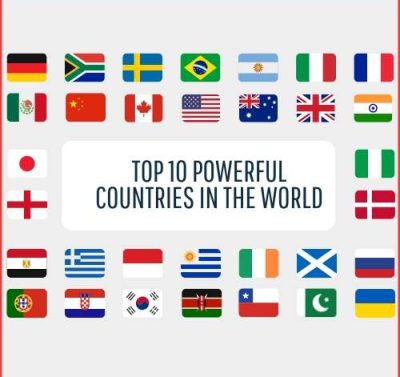In an effort to discover the cause of India’s low female labour force participation rate, Zerodha’s Nithin Kamath presented insights on X (previously Twitter).
In India, female labour force participation has been exceedingly low over the last decade. It has somewhat improved over time. Nithin Kamath of Zerodha offered insights on India’s female labour force involvement, emphasising the possibilities for economic boost by hiring India’s female population.
Nithin Kamath recently stated on X (previously Twitter), “Empowering women to join the workforce is an obvious way to increase our economic growth.” Our female labour force participation rate is among the world’s lowest.”
Post Link: https://twitter.com/Nithin0dha/status/1695301585767698446?s=20
He also emphasised the dramatic drop in female work force participation from 30% to 20% after the 1990s. In the following years, the proportion climbed by 24%.
A U-shaped relationship exists between female labour force participation and GDP per capita.
Nithin Kamath presented statistics from India statistics Hub in response to the unexpected drop and then little uptick in the FLFP trend. According to his study, female workforce participation and per capita GDP follow a U-shaped trajectory.
“There is a U-shaped relationship between female labour participation and per capita GDP.” This is because, at lower income levels, a considerable portion of female employment (and the same is true for children) is motivated by distress or necessity. As income levels increase, so does distress employment, and female labour participation falls. “And then it rises as women re-enter the labour force, not out of necessity, but voluntarily,” argues Nithin Kamath.
He backed up his tweet with graph representations illustrating the GDP per capita of Indian states and the FLFP% drop in the 1990s and subsequent improvement after 2018.















